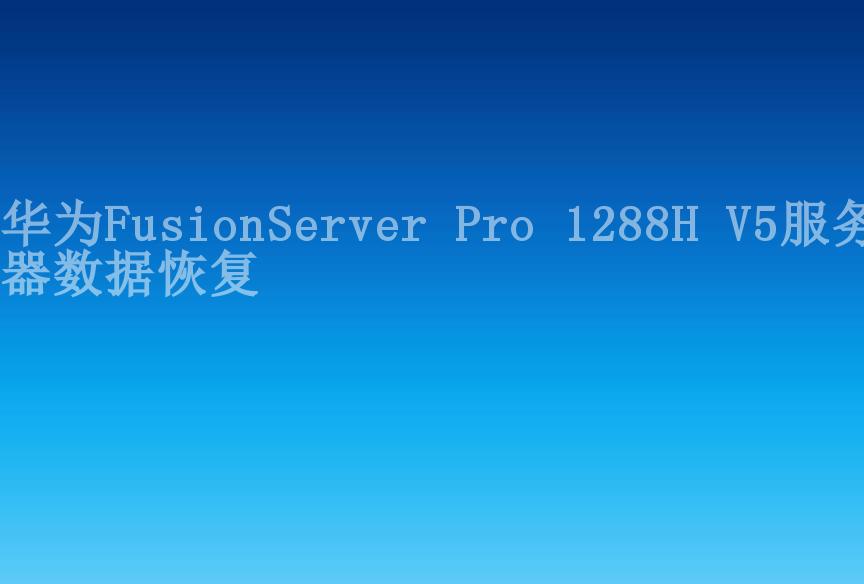分库分表组件数据迁移 (解决方法与步骤)
下面内容仅为某些场景参考,为稳妥起见请先联系上面的专业技术工程师,具体环境具体分析。
2023-12-01 22:40 33
Advantages and Implementation of Data Migration in Database Sharding
Introduction: Data migration in database sharding is a crucial process that involves splitting a large database into smaller, more manageable shards. This article explores the various scenarios where data migration in database sharding is applicable and provides insights into the reasons behind its implementation. Additionally, we will discuss real-world case studies, propose effective solutions, outline the step-by-step process of handling data migration, and analyze potential challenges. We will also discuss the required skills for technical personnel and highlight important considerations and common pitfalls. Finally, we will address frequently asked questions related to data migration in database sharding.
Applicable Scenarios and Reasons:
1. Scalability: As a business grows, the amount of data will increase, making it difficult for a single database to handle the load efficiently. Sharding helps distribute the data across multiple servers, allowing for improved scalability.
2. Performance: Sharding allows for parallel processing and reduced query latency by distributing the data in a manner that optimizes performance based on access patterns.
3. High Availability: By replicating data across multiple shards, database sharding provides high availability and fault tolerance. In case of a hardware failure, the system can continue to operate without significant downtime.

4. Geographic Distribution: Sharding can be useful when a company has a global presence and needs to store data close to its users in different regions to minimize latency.
Case Study 1: E-commerce Platform An e-commerce platform experienced rapid growth, resulting in an overwhelming volume of data. By implementing database sharding, they were able to distribute their data across several shards and achieve better scalability and improved response times for their users.
Case Study 2: Social Networking Site A social networking site used database sharding to handle their increasing user base. By partitioning the data based on user demographics, they were able to improve performance and provide a seamless user experience, even during peak hours.
Solution and Implementation:
1. Sharding Strategy: Decide on a sharding strategy based on the specific requirements of the application, such as key-based partitioning, range-based partitioning, or hash-based partitioning.
2. Data Mapping: Design a mapping scheme to assign data to the appropriate shards. This can be based on a specific attribute or a predetermined rule.
3. Data Migration: Develop a data migration plan to move the existing data from the monolithic database to the sharded database. This can be done in batches or using a streaming approach to minimize downtime.
4. Synchronization and Replication: Establish mechanisms for data synchronization and replication across shards to ensure data consistency and fault tolerance.
Technical Personnel Requirements:
1. Database Administrators: Should have expertise in database sharding concepts, data migration techniques, and monitoring tools for managing shard clusters efficiently.
2. Software Engineers: Proficient in implementing sharding algorithms, designing data mapping strategies, and developing synchronization mechanisms.
Considerations and Potential Challenges:
1. Data Consistency: Ensuring data consistency across shards can be challenging, especially during data migration and updates. Implementing distributed transactions or using eventual consistency models can help overcome this challenge.
2. Shard Management: Efficient management of shard clusters, including load balancing and automating as much of the process as possible, is crucial for smooth operation.

3. Monitoring and Performance Optimization: Proper monitoring and analysis tools should be in place to detect and resolve any performance issues that may arise due to uneven data distribution or suboptimal query patterns.
FAQ - Frequently Asked Questions:
1. Can I add or remove shards after the initial data migration? Yes, sharding allows for the dynamic addition or removal of shards as the data grows or the system requirements change.
2. Should I consider sharding for a small-scale application? Sharding is typically implemented for large-scale applications with significant data volumes. It may not be necessary for small-scale applications unless they are expected to grow substantially in the near future.
3. Can I shard different types of data in the same database? Yes, you can shard different types of data based on specific attributes or rules using different shard keys.
4. How does sharding affect query performance? Sharding can improve query performance by distributing the workload across multiple shards, enabling parallel processing and reducing query latency.
5. What happens if one shard fails? In case of a shard failure, a well-designed sharding system ensures high availability and fault tolerance by redistributing the failed shard's data to other shards and maintaining system operation with minimal downtime.
Conclusion: Data migration in database sharding offers numerous advantages, including scalability, performance optimization, high availability, and geographic distribution. By implementing effective strategies and solutions, businesses can efficiently migrate their data and achieve the desired outcomes. However, challenges related to data consistency, shard management, and performance optimization should be carefully addressed. With the right technical expertise, careful planning, and continuous monitoring, data migration in database sharding can greatly enhance the efficiency and reliability of an application.












